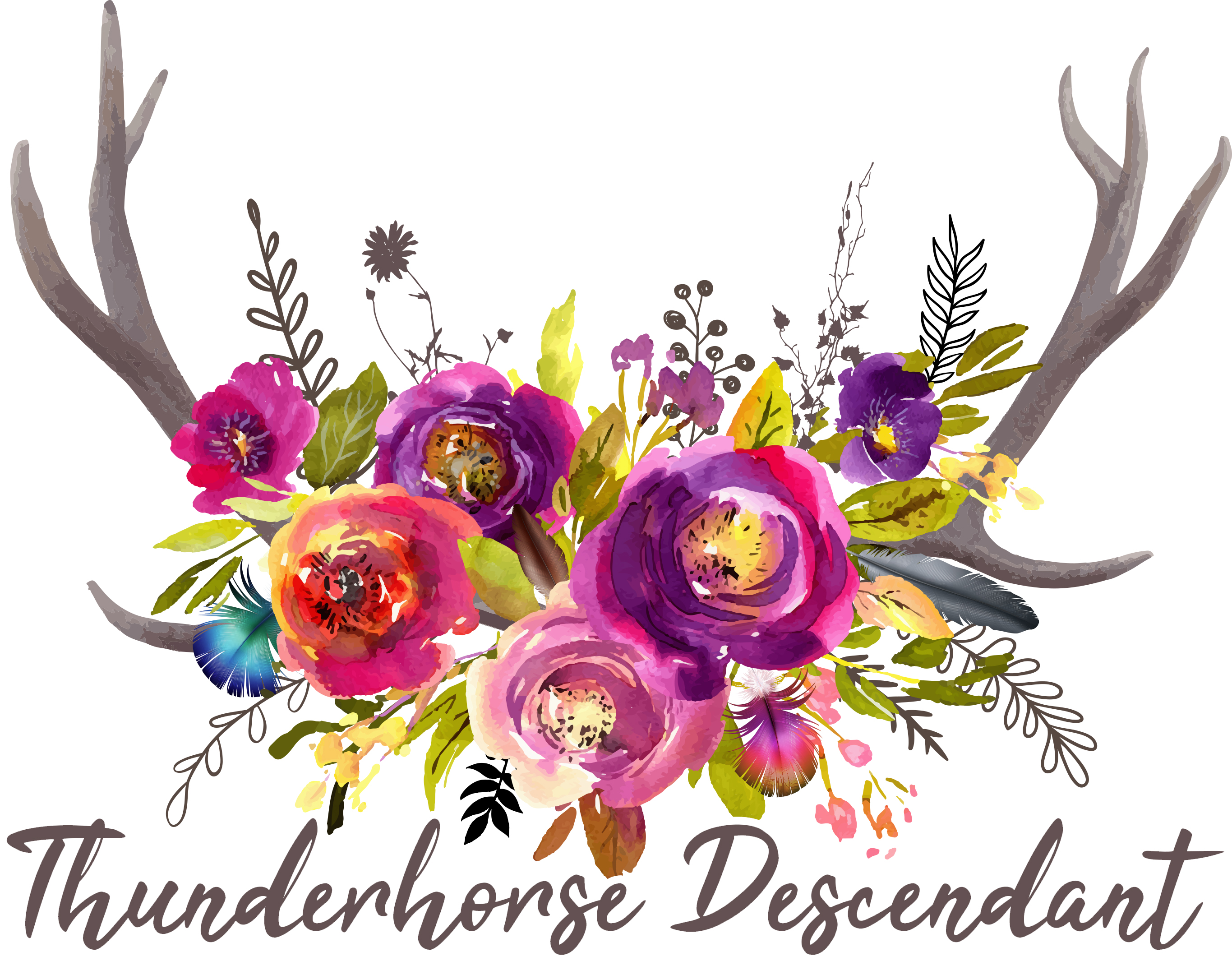Posted by Randee Brown on 28th Aug 2024
The Distinctive Features of Art Nouveau Jewelry: A Dive into Design Techniques
Art Nouveau, a revolutionary art movement that swept through Europe and the United States between the late 19th and early 20th centuries, left an indelible mark on many creative fields, including jewelry design. The movement, which means "New Art" in French, is renowned for its embrace of natural forms, flowing lines, and an overall aesthetic that sought to break away from the rigidity of the past. When it comes to jewelry, Art Nouveau pieces stand out due to their unique design techniques and the visionary artistry behind them.
The Essence of Art Nouveau Jewelry
At its core, Art Nouveau jewelry embodies a harmonious blend of artistic creativity and nature-inspired beauty. The period was marked by a departure from the strict geometrical designs of the past, moving towards more fluid and organic forms. This stylistic shift was not just an aesthetic choice; it was also a reflection of the changing social attitudes and a desire to connect more deeply with the natural world.
Key Design Techniques that Define Art Nouveau Jewelry
1. Flowing, Sinuous Lines:
- One of the most recognizable features of Art Nouveau jewelry is the use of flowing, sinuous lines. These lines, often described as "whiplash" curves, are inspired by the movement of plants, flowers, and even the human body. The lines create a sense of movement and fluidity, giving each piece a dynamic, almost living quality.
2. Nature-Inspired Motifs:
- Art Nouveau jewelers drew heavily from nature, incorporating motifs such as flowers, leaves, insects, and animals into their designs. Dragonflies, peacocks, orchids, and irises were particularly popular, symbolizing the movement’s fascination with the natural world. These motifs were often rendered in a stylized, almost dreamlike manner, emphasizing their beauty and ethereal quality.
3. Use of Enameling:
- Enameling became a signature technique in Art Nouveau jewelry. Jewelers used various enameling methods, including plique-à-jour (resembling stained glass), cloisonné, and champlevé, to add vibrant colors and intricate details to their pieces. The use of translucent enamel allowed light to pass through, adding a luminous, almost magical quality to the jewelry.
4. Innovative Materials:
- Art Nouveau jewelers were experimental in their choice of materials. Beyond the traditional use of gold and silver, they incorporated materials such as horn, ivory, glass, and semi-precious stones. This innovation in materials allowed for a greater range of expression and contributed to the unique textures and colors characteristic of Art Nouveau pieces.
5. Asymmetry and Organic Shapes:
- Unlike the symmetrical designs that dominated previous eras, Art Nouveau embraced asymmetry, mirroring the unpredictability of nature. This approach led to jewelry pieces that felt organic and free-flowing, with an emphasis on irregular shapes and compositions that seemed to grow and evolve naturally.
6. Focus on Craftsmanship:
- The Art Nouveau movement was as much about the process as it was about the final product. Jewelers of this era took pride in their craftsmanship, often creating pieces by hand with meticulous attention to detail. This dedication to the artisanal process ensured that each piece was unique, with a level of detail and quality that mass-produced items could not match.
The Legacy of Art Nouveau Jewelry
The Art Nouveau movement, although relatively short-lived, had a profound impact on jewelry design. Its emphasis on artistry, craftsmanship, and the celebration of nature continues to inspire contemporary designers. Art Nouveau jewelry pieces remain highly sought after by collectors, appreciated for their beauty, uniqueness, and the way they capture a moment in time when art and nature were in perfect harmony.
For those interested in exploring the world of Art Nouveau jewelry, understanding these key design techniques provides a window into the creativity and innovation that defined the era. Whether you're a collector, a designer, or simply an admirer of beautiful things, the flowing lines, nature-inspired motifs, and exquisite craftsmanship of Art Nouveau jewelry offer endless inspiration.
Characteristic Features of Art Nouveau Jewelry
- Flowing, Sinuous Lines: "Whiplash" curves that create a sense of movement and fluidity.
- Nature-Inspired Motifs: Common motifs include flowers, leaves, insects, and animals, rendered in a stylized manner.
- Enameling Techniques: Use of plique-à-jour, cloisonné, and champlevé to add color and detail.
- Innovative Materials: Incorporation of materials like horn, ivory, glass, and semi-precious stones.
- Asymmetry: Emphasis on irregular, organic shapes rather than strict symmetry.
- Craftsmanship: Focus on artisanal, handcrafted techniques to ensure uniqueness and detail.
These features distinguish Art Nouveau jewelry, making it a timeless and beloved style that continues to captivate enthusiasts around the world.
References:
- This book offers a comprehensive overview of Art Nouveau jewelry, detailing the distinctive design techniques and materials used during the movement.
- Alastair Duncan provides an in-depth analysis of the artistic methods and inspirations behind Art Nouveau jewelry, including a focus on craftsmanship and natural motifs.
- Vivienne Becker’s work is a key resource for understanding the aesthetic principles and technical innovations that define Art Nouveau jewelry.
- This catalog highlights the work of René Lalique, one of the most famous Art Nouveau jewelers, showcasing his use of enameling and natural motifs.
- The Met Museum's guide provides valuable insights into the Art Nouveau movement, including detailed descriptions of the jewelry techniques and materials popular during the era.

